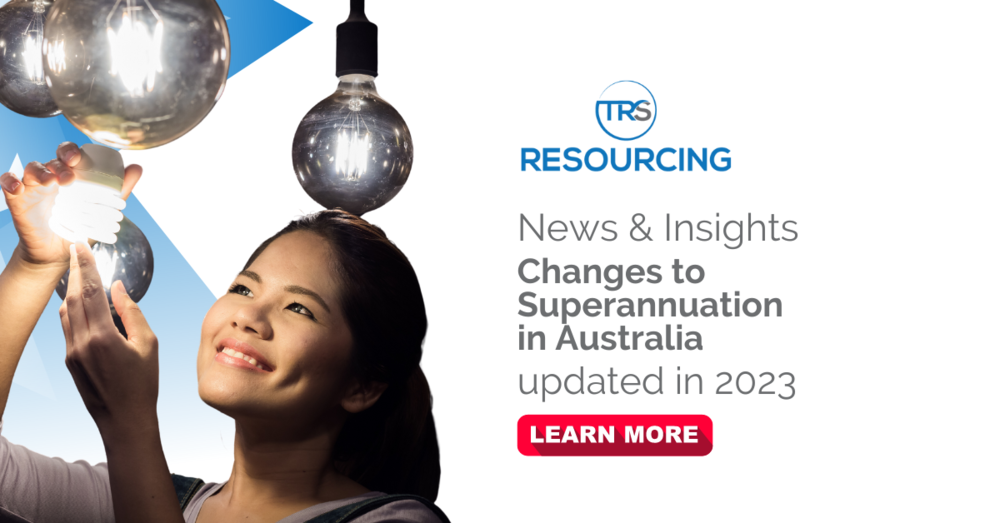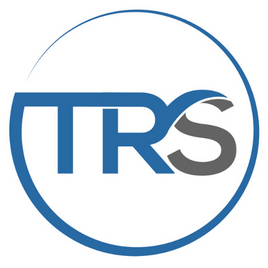Changes to Superannuation in Australia updated in 2023
Last year we wrote an article about the changes in Australian Super in July 2022, fast forward a year later and we have updated information from the Australian Government. What changes to super can you expect this year? The Australian SG “super guarantee” rate will rise 11% from July 1. Eligible workers who pay super,…

Last year we wrote an article about the changes in Australian Super in July 2022, fast forward a year later and we have updated information from the Australian Government.
What changes to super can you expect this year?
The Australian SG “super guarantee” rate will rise 11% from July 1.
Eligible workers who pay super, such as full-time and part-time workers, including casual employees, will start to receive higher contributions from their employers as the latest increase to the superannuation guarantee kicks in. This will lift the current rate from 10.5% up to 11% for the 2023-24 financial year.
The increase is part of a long-term plan to raise the superannuation guarantee rate to 12% by July 1, 2025. The Australian Government has announced and implemented this change to help ensure that workers have sufficient retirement savings and can enjoy a comfortable lifestyle later.
What Employers and Employees should know
Employers must ensure they meet their obligations under the superannuation guarantee rate. To comply with the law, they must currently pay 10.5% of an employee’s ordinary time earnings into their fund each quarter.
The increase in contributions can mean significantly higher retirement savings for many Australian workers. Those eligible for the 11% contribution will see up to $2,639 extra in annual superannuation contributions. This could mean an additional $66,000 over 25 years, which would increase your total super balance.
Workers should also be aware that there are different rules and regulations regarding the payment of these super contributions.
Downsizer Contributions and FHSS
Beginning this year, those wanting to make downsizer contributions into their superannuation have received a welcome change. The age threshold for these contributions was lowered from 60 years and over to 55 and over, allowing eligible downsizers to invest funds from the sale of their family home. This new initiative means non-concessional contributions of up to $300,000 can be made, $600,000 for couples, leading to a welcome boost in retirement savings. It’s a simple, yet helpful change for those wanting to make the most of their superannuation investment.
The FHSS scheme allows aspiring homeowners to make additional personal contributions, providing a tax-effective way to save for a home deposit. The concessional tax treatment of superannuation gives individuals a way to save money for a deposit faster. You can read another article about the FHSS scheme here
Our commitment to your future
TRS Resourcing is committed to helping its clients and staff benefit from the increased Super Guarantee rate. The company has dedicated resources to ensure businesses comply with the new regulations. We can help employers understand their obligations under the new law and provide advice on how best to implement changes to ensure compliance.

From 1 July 2022, These Superannuation changes coming into effect could affect your retirement savings. PrimeSuper has compiled all the necessary information to understand these upcoming modifications and how they may impact your financial future. Who is the best super fund? TRS Resourcing uses Prime Super as our preferred fund. Prime Super has over 120,000 members with approximately $6.2 billion in funds. They offer choice and flexibility to members with 11 different investment options that cater to varying appetites for risk. Read Prime Super’s latest news for more information on how the changes in super in 2023 affect you.
Contact TRS Resourcing

